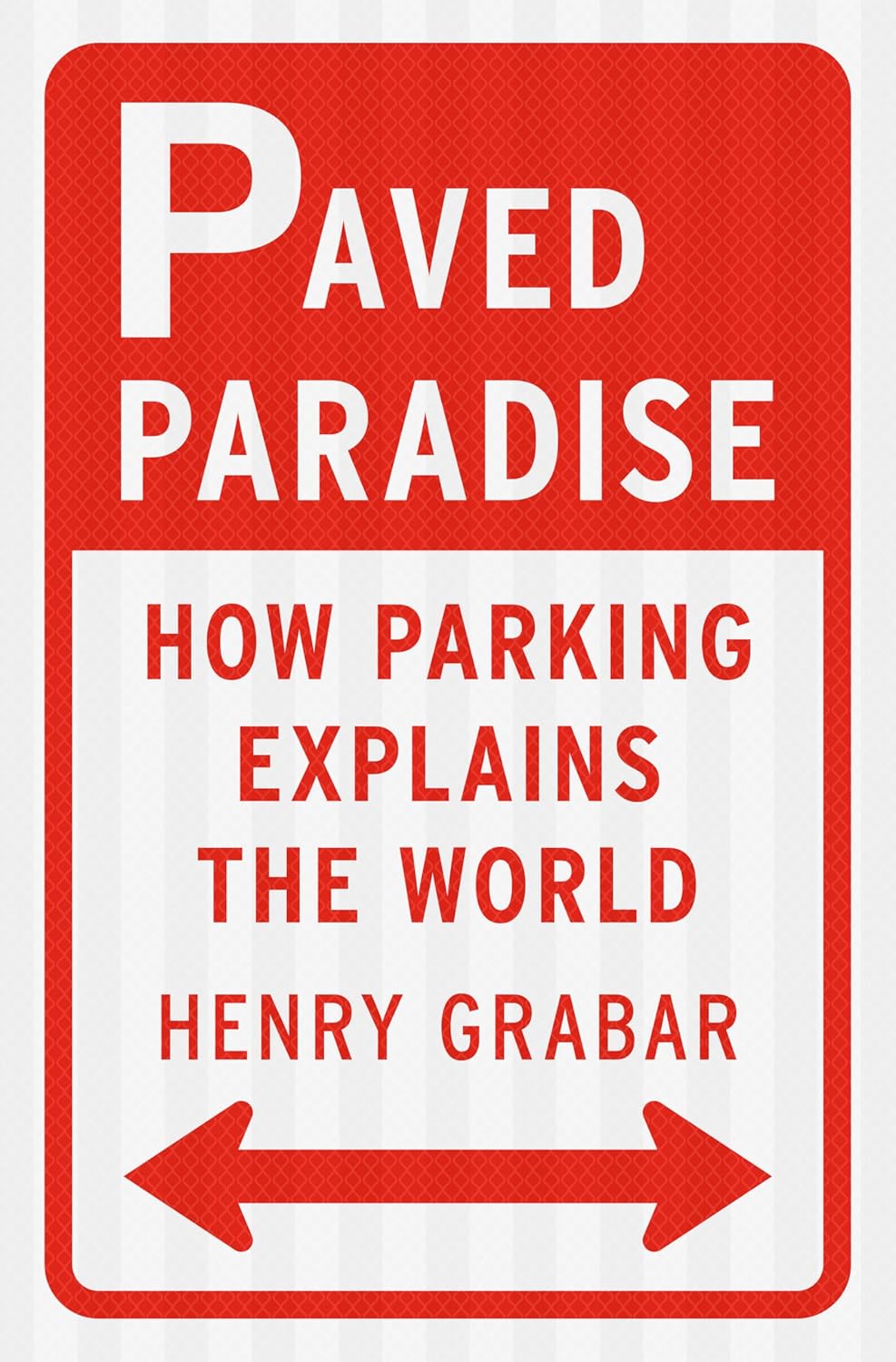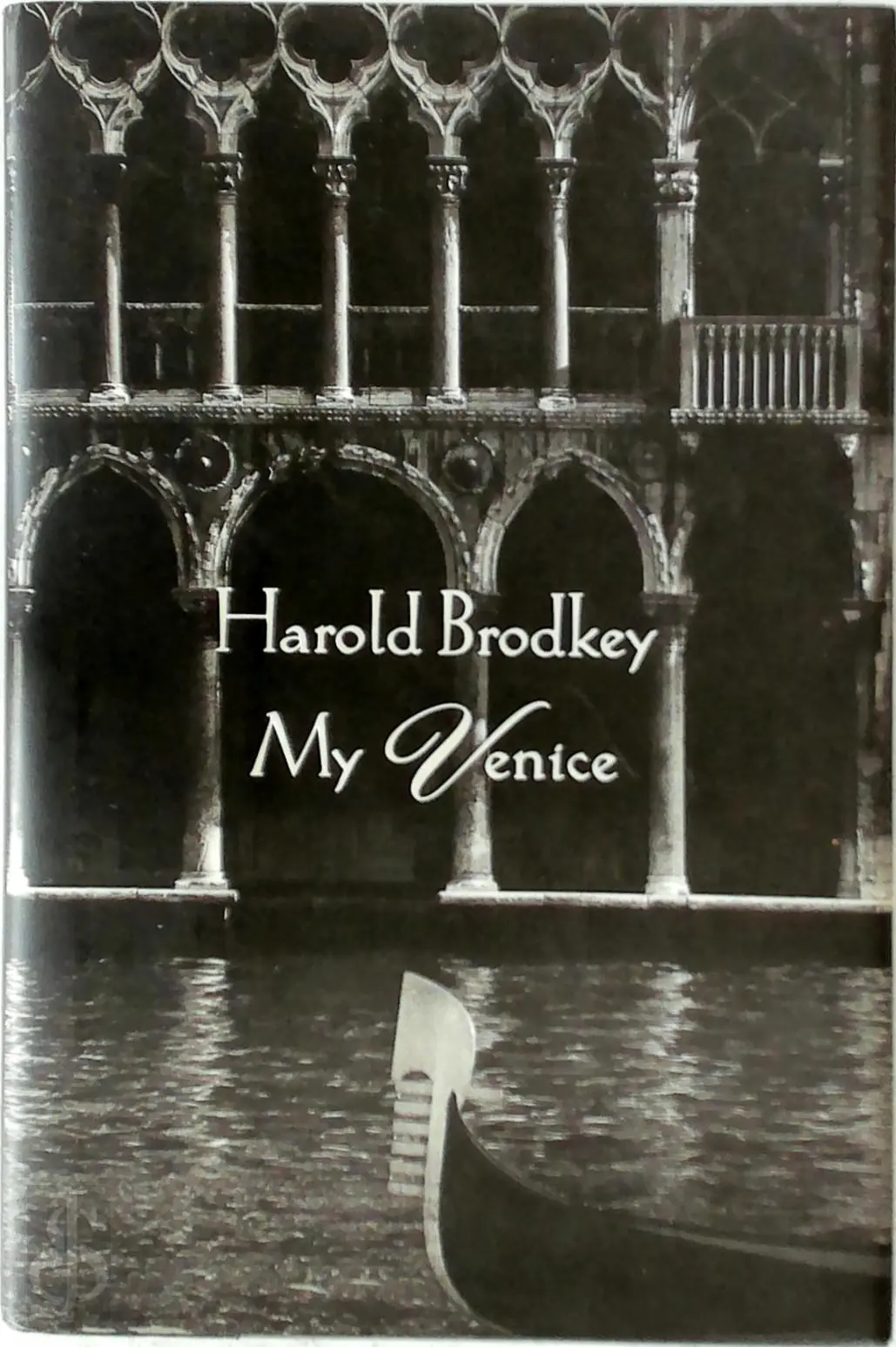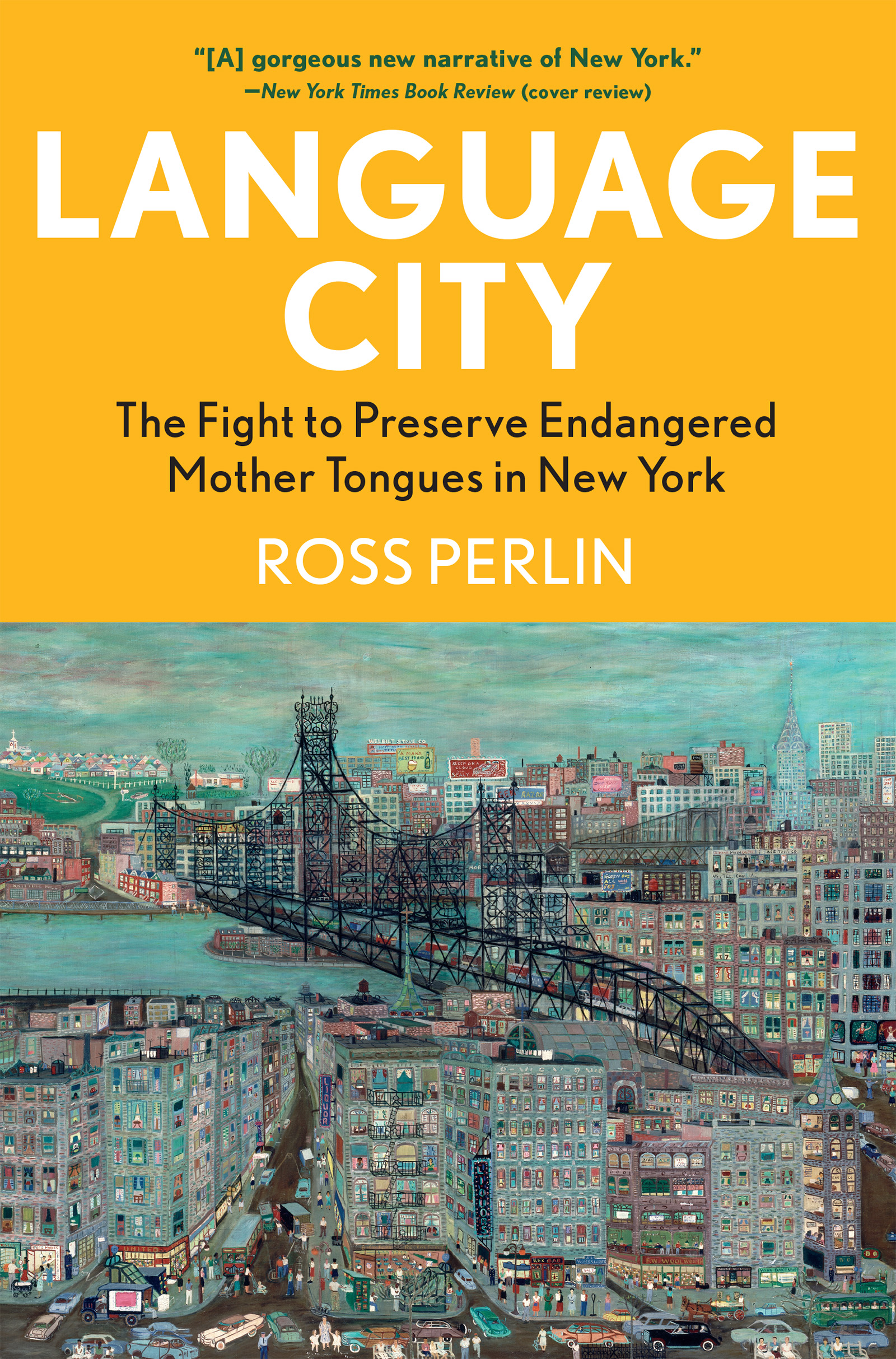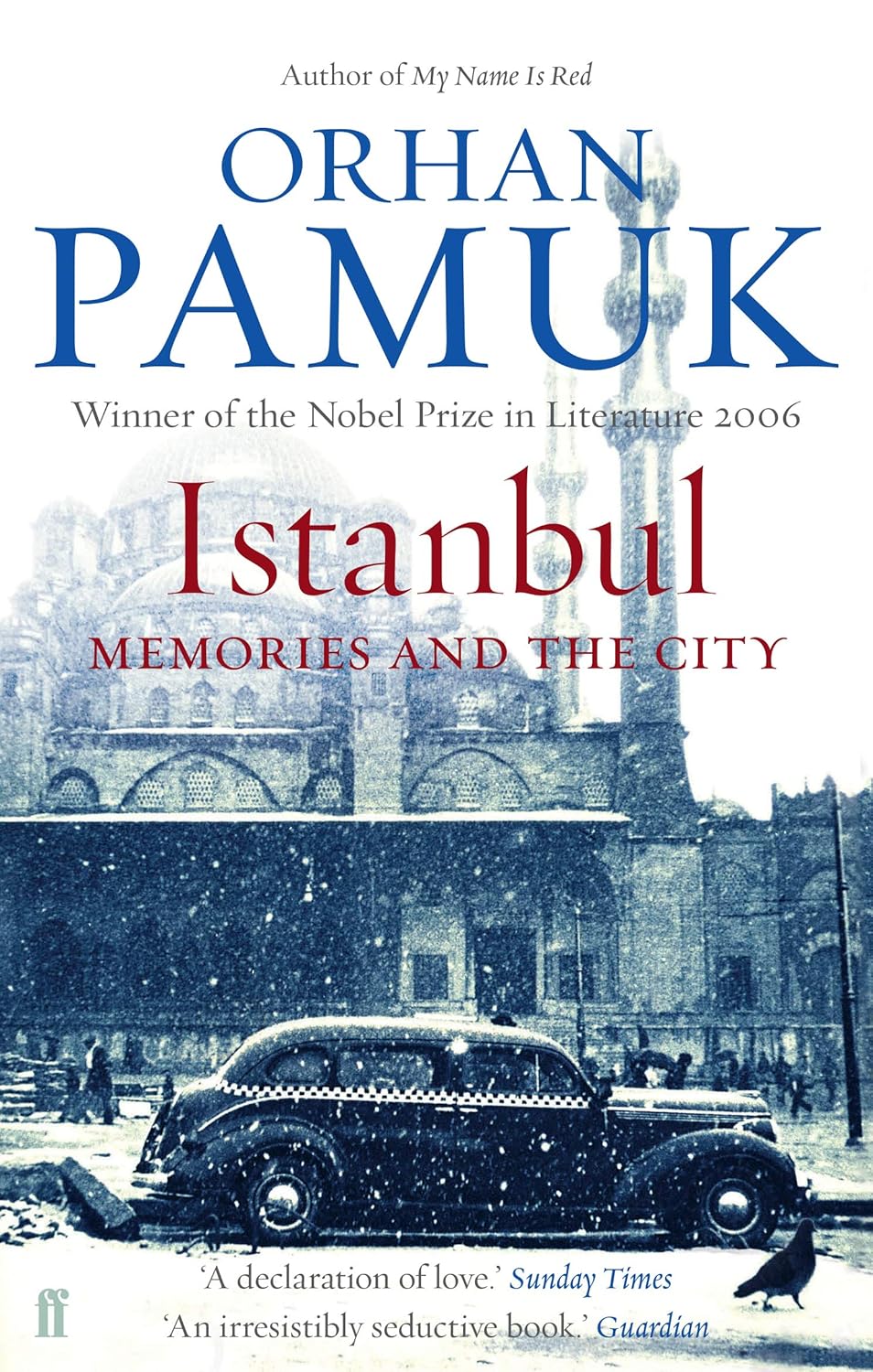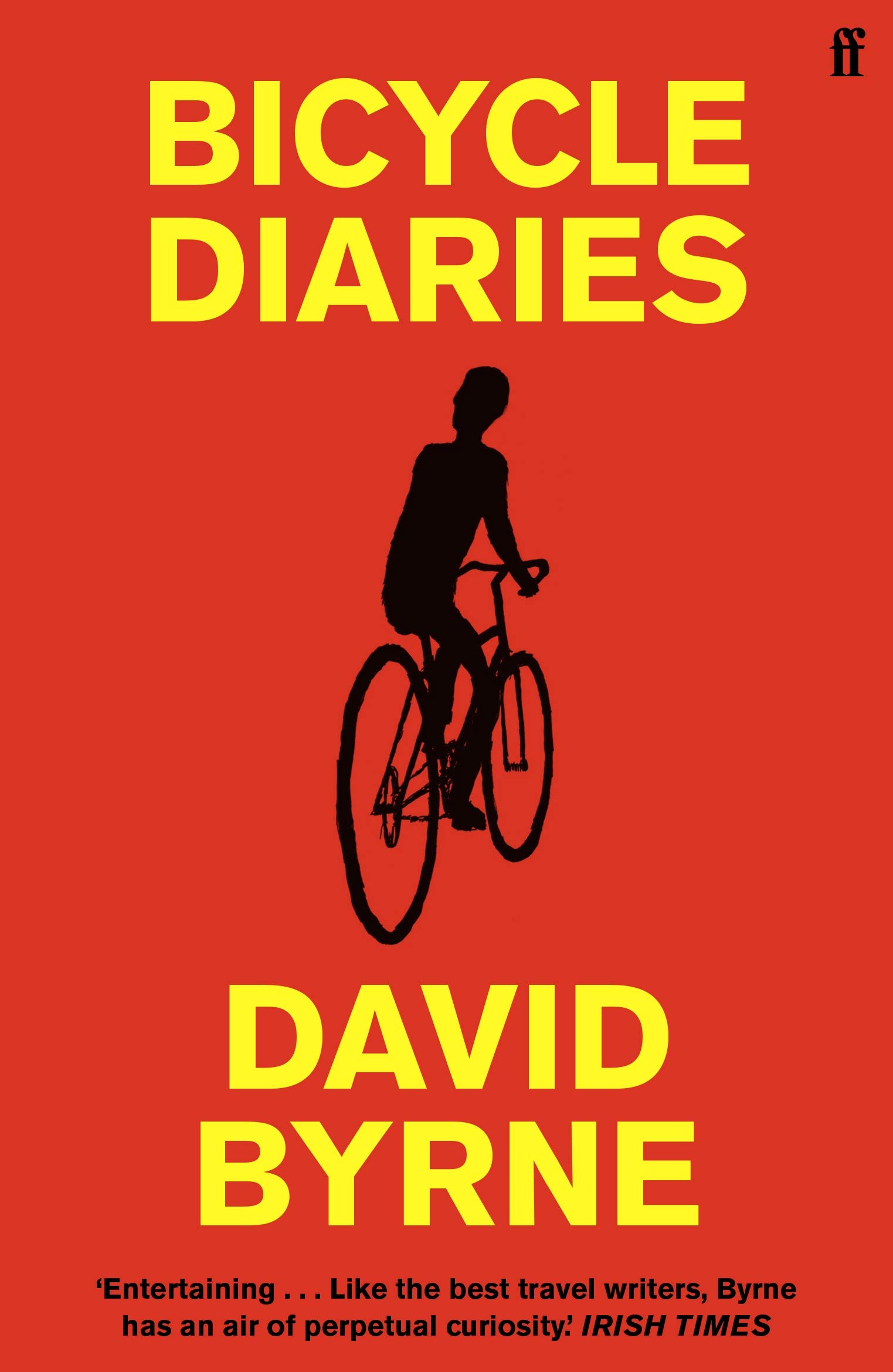
As you’d expect from a cultural figure who moves in the international music and art worlds — while running a record label called Todo Mundo — David Byrne travels a lot. What’s more notable is that, when he arrives in each world capital that requests his presence, he gets around on a bicycle. Sometimes he rents one in the city; most of the time, he flies with a folding model in an oversized suitcase. Part of this must owe to sheer habit, since Byrne has been cycling in New York, where he lives, since the early eighties, but it also seems to take the psychological edge off frequent business travel. “Some people retreat into themselves or their hotel rooms if a place is unfamiliar, or lash out in an attempt to gain some control,” he explains in Bicycle Diaries. “I myself find that the physical sensation of self-powered transport coupled with the feeling of self-control endemic to this two-wheeled situation is nicely empowering and reassuring, even if temporary, and it is enough to center me for the rest of the day.”
Cycling may also be the sensorially richest way to experience a city. “I felt more connected to the life on the streets than I would have inside a car or in some form of public transport,” he writes. “I could stop whenever I wanted to; it was often (very often) faster than a car or taxi for getting from point A to point B; and I didn’t have to follow any set route. The same exhilaration, as the air and street life whizzed by, happened again in each town.” Byrne’s experiences suggest that one can get the measure of a new city no faster than while riding a bike. That goes as much for the Copenhagens of the world as it does for the places where taking to the streets on a bicycle of one’s own volition is considered a mild form of insanity: Manila, for example, which Byrne recounts first visiting as a research trip for Here Lies Love, his disco musical about the life of Imelda Marcos.
Read the whole thing at Substack.
